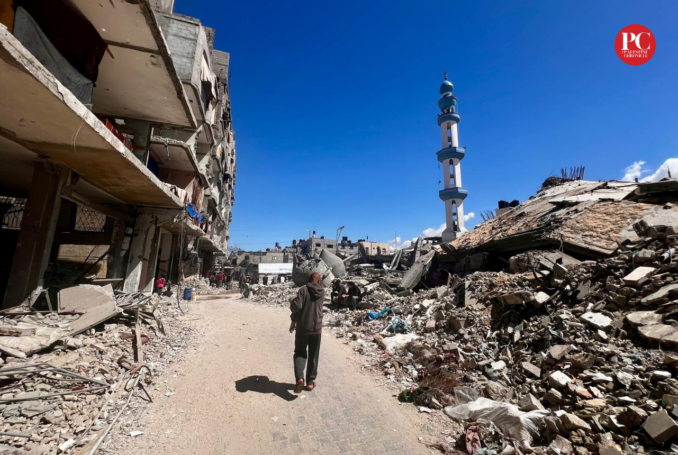
By Jeremy Salt
In this article, Jeremy Salt chronicles the deliberate destruction of Gaza’s people, history, culture, and identity, revealing the genocidal aims behind the ongoing conflict.
The genocide intended for the whole of Palestine began not in 1948 or 1917 but when, in the 1890s, Theodor Herzl signaled the fate of the Palestinian people: the “penniless population”, the vast majority, that he said would have to be “spirited” beyond Palestine’s borders.
How this was to be done, not whether it was to be done, or should be done, was the problem. The removal of the people proceeded in tandem with opportunity: 800,000 in 1947-49, another 350,000 in 1967, against a background of pseudo-legal and military measures aimed at continually whittling down the native population until the next occasion arose for the next large-scale eradication.
While the killing in Gaza of 19,000 children – so far – is one of the most abominable crimes in world history, the totality of this genocide, the attention to detail so nothing at all is left out of the destruction, also sets it apart.
The enemy is not just the people but everything that represents them and that they represent: their history, their culture, their artefacts, their music, their songs, their ancient mosques and khans, their universities, their schools, their libraries, their cultural centres, their hospitals, their trees, their crops, their beaches, their tombs and their cemeteries, even the purple-dyed embroidered thawb of Gazan women, the color connecting Gaza to the dyeing of cloth from sea snails by the Phoenicians.
Not a particle can be left in case it is the seed from which Palestine will grow again. Memory will remain but eventually time will take care even of that. In essence, this is the Zionist plan for Palestine.
Gaza stood at the crossroads of ancient history. It linked North Africa to the Levant and Mediterranean trade to the spices of southern Arabia. Its known history goes back to the 15th century BC.
Armies fought for its possession over thousands of years, down to the present day, Egyptians, Assyrians, Greeks, Romans, Mamluks, Ottomans and the British in 1914-18; the Commonwealth Cemetery established after the First World War is one of many cemeteries damaged or destroyed.
Gaza’s cities are thousands of years old, in the case of Rafah was thousands of years old until Israel totally annihilated it. The drone footage is reminiscent of Hiroshima.
Museums, libraries and archaeological sites, as well as homes and government institutions, were turned into rubble and dust, among them the Tell al Sultan Bronze Age site near Rafah city. Believed to have been continually inhabited from 3300 BC- 2200 BC, it was levelled by Israeli bulldozers.
Destroyed Sites
On March 25, 2025, UNESCO listed 94 sites of historical or archaeological interest damaged or destroyed by Israel since October 23, 2023, 88 of them in or around Gaza City. The Palestinian Ministry of Culture lists 207 sites of archaeological or historic significance that have been damaged or destroyed, out of 320 across Gaza.
They include:
Five archaeological sites along the coast, as well as Gaza’s Anthodeon (Blakhiyya) harbour, a UNESCO world heritage site dating back to 800 BCE.
The recently discovered Philistine cemetery at Deir al Balah;
The site of the St Hilarion monastery;
The site of a Byzantine church dating back to the 5th century in Deir al Balah;
The 5th century St Porphyrius Church, believed to the world’s third oldest, damaged in an air attack which killed 18 people;
The Great Omari Mosque, formerly the Cathedral of St John the Baptist, built by the Crusaders in the 12th century before being turned into a mosque by ‘Saladin’ (Salah al Din al Ayyubi), totally destroyed;
The medieval Qissariyya market and the Mamluk Al Samra hamam, both destroyed;
The 14th-century ‘Uthman Mosque in Shuja’iyya, believed to be the burial site of the Prophet Muhammad’s great-grandfather, Hashim, destroyed;
The 13th century ‘Pasha’s Palace,’ formerly the residence of Mamluk and Ottoman governors, a museum until its recent destruction by Israel;
The 13th century Dar al Sa’ada dome manuscript centre, in the process of being restored as a repository for thousands of manuscript leaves from the destroyed library of the Great Omari mosque, now badly damaged itself;
The central Gaza city archives of documents from the past 150 years of Gazan history, destroyed.
Other libraries destroyed, apart from those at universities or mosques, include the Edward Said Library and the Children’s Library; among the bookshops, the Samir Mansour bookshop and publishing house, destroyed by Israel in 2021, rebuilt and restored, and destroyed again in October 2023.
Museums targeted include the Qarara Museum, housing about 3000 archaeological artefacts and the Rafah Museum, opened by a private benefactor, Dr Suhaila Shaheen in 2022, and housing daily household objects, rugs, documents, embroidered dresses and countless other artefacts.
“No tree, no stone, no human being, no animal, no heritage is safe here” Dr Shaheen said after the museum was destroyed in a missile attack. “My toil, the dresses, precious stones, documents, the treasures of my life are gone.”
Gaza’s Ministry of Endowments (Waqf) and Religious Affairs says that up to February 19, 2025, 89 percent of Gaza’s mosques (1109 out of 1244) have been completely or partially destroyed (834 wholly destroyed and 275 partially), including mosques bombed in prayer time. Forty out of 60 cemeteries have been targeted and 21 completely destroyed. 643 waqf properties have been destroyed and 315 preachers and imams killed.
It is significant that most archaeological sites or sites of historic and cultural sites were bombed in the first few weeks of the war. Their destruction was planned, deliberate and indicative of the war’s real purpose, which was not the destruction of Hamas but of Gaza itself.
The Olive as the Enemy
Gaza is the continuation of a genocide that began in 1947/49, when hundreds of Palestinian villages and hamlets were destroyed. Homes were looted of their furniture, carpets and thousands of books. The best were kept by the architects of this destruction. Mosques and cemeteries were left in ruins.
These practices continued after 1967. The medieval Maghribi quarter alongside the Haram al-Sharif was destroyed within days of the conquest of East Jerusalem.
In West Jerusalem, the Mamilla cemetery, dating back to Roman times, and one of the most important Islamic heritage sites in the world, was gradually desecrated and built over for commercial purposes.
From the earliest years of the Islamic conquest, Mamilla served as the burial ground for the ashab (‘Companions of the Prophet’), Sufi shaikhs, Mamluk notables as well as Christians, governors of Jerusalem, and thousands of Muslim soldiers who died fighting the Crusaders for possession of Jerusalem.
After the occupation of West Jerusalem in 1948, scores of tombs were uprooted to make way for an ‘independence park.’ In recent years, the desecration has continued. Hundreds of graves have been bulldozed and human remains thrown away. Large sections of the cemetery have been replaced by a school, a hotel, a car park, a public park, a nightclub, and the US consulate.
A ‘museum of tolerance’ is currently under construction in a section of the cemetery already built over, with plans for a convention centre and an entertainment ‘venue.’ The Mamilla ‘pool,’ into which water from Hebron was piped before being distributed across Jerusalem for many centuries, lies dry and abandoned.
In the destruction of what Palestine was, the effects of Zionist settlement on agriculture are not to be overlooked. After 1948, an estimated 700,000 Palestinian fruit and nut-bearing trees were replaced by the non-native Aleppo pine.
Deliberately aimed to further efface the Palestinian landscape, the Jewish National Fund (JNF) led the way in planting the tree. By the 1980s, Aleppo pines constituted about 80 per cent of planted forests.
The Huleh valley around the lake of the same name was the richest agricultural region in Palestine, famous for its honey, its animal husbandry, and the matting woven from the rushes around the lake. It was also a regional wetland stopover for migrating birds. Known since antiquity, in the 1950s the lake was drained to a fraction of its former size to make way for Jewish settlements, with close to disastrous ecological consequences.
The greatest enemy, however, remains the olive tree, the living symbol of the Palestinian presence. Since 1967, at least 800,000 trees have been uprooted by settlers, helped with military tractors.
Trees are continuously burnt or chopped down, 9000 from August 2020 to October 2021, according to the International Committee of the Red Cross. Palestinian farmers have been attacked and even killed by armed settlers protected by the military and encouraged by a genocidal regime.
It is worthwhile looking back at what Gaza was before Zionism. Travellers in Palestine described the entire coastal region as exceedingly fertile, crowded with flourishing villages, described as an ocean of ripe wheat and a vast harvest field. Beit Hanun, Beit Lahiya, and Jabaliyya were famous for their fruit (figs, apples, and citrus) and vegetables.
Gaza city had a well 150 feet deep, the quality of the water greatly valued by the local population. The air was cool and the city healthy, with a thriving trade of soap carried to Cairo.
Dr W.M. Thomson, the American missionary author of The Land and the Book, first published in the 1860s, wrote that “Philistia” resembled “some of the most beauteous regions of our own glorious West. Equally lovely and no less fertile than the Mississippi Valley.”
All gone now. In the words of the vulgar White House parvenu, Gaza is just “an incredible piece of real estate.”
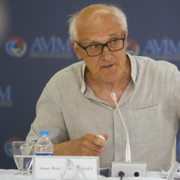
– Jeremy Salt taught at the University of Melbourne, at Bosporus University in Istanbul and Bilkent University in Ankara for many years, specializing in the modern history of the Middle East. Among his recent publications is his 2008 book, The Unmaking of the Middle East. A History of Western Disorder in Arab Lands (University of California Press) and The Last Ottoman Wars. The Human Cost 1877-1923 (University of Utah Press, 2019). He contributed this article to The Palestine Chronicle.


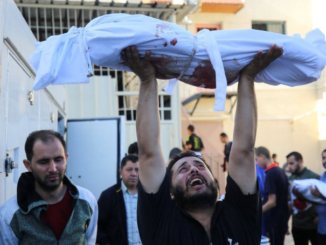


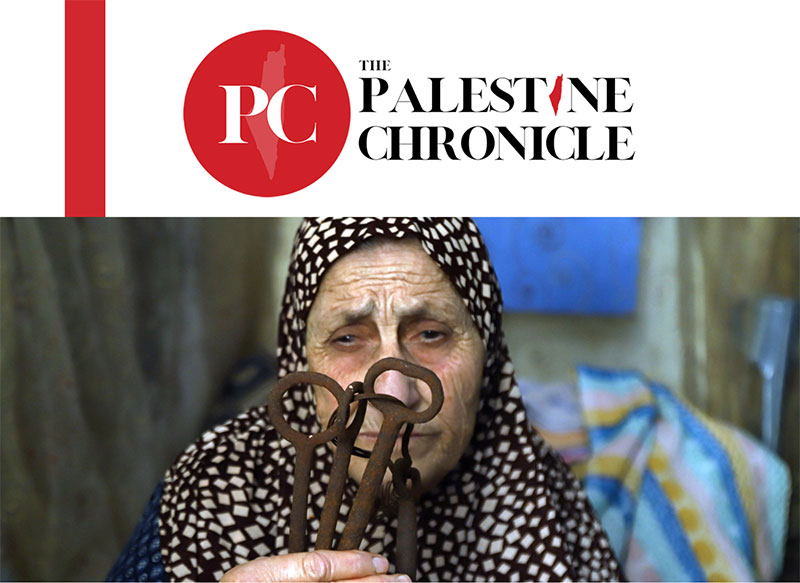

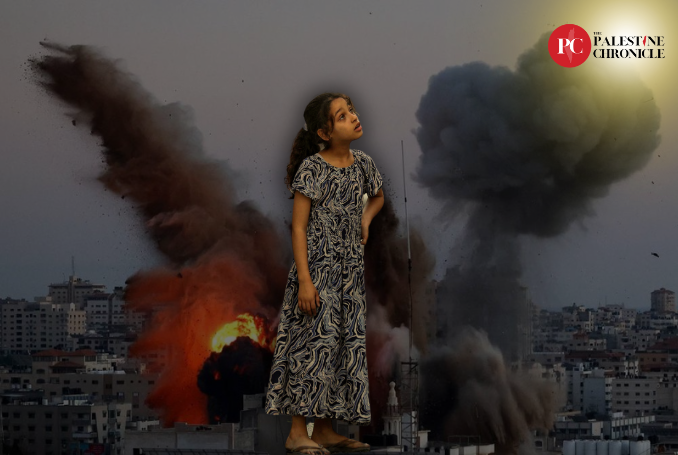
Be the first to comment